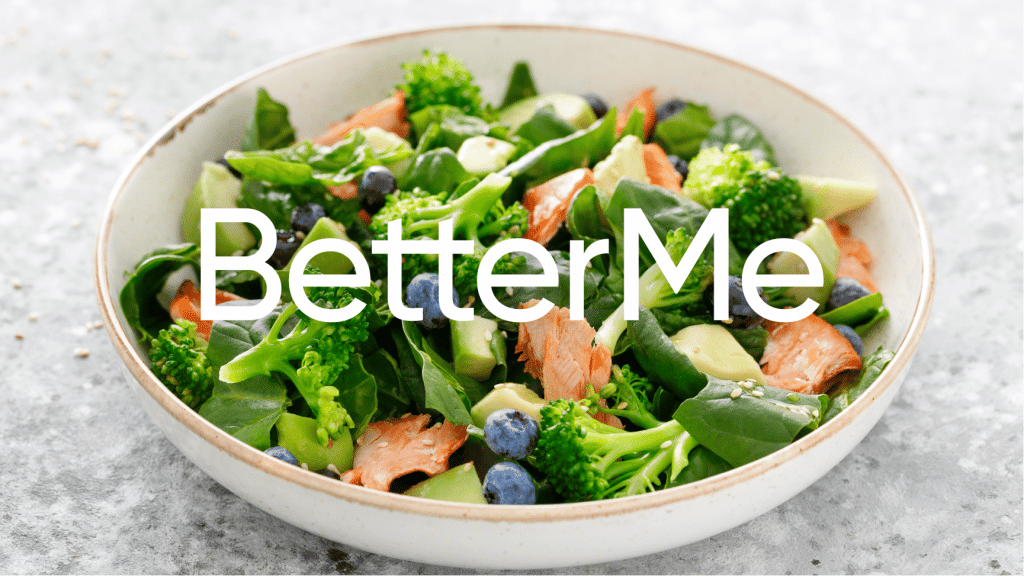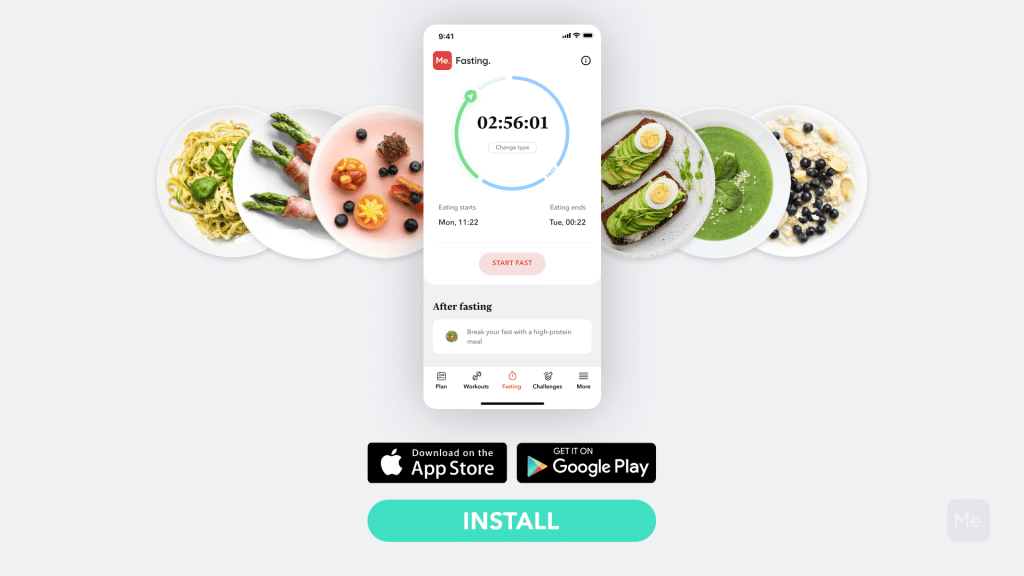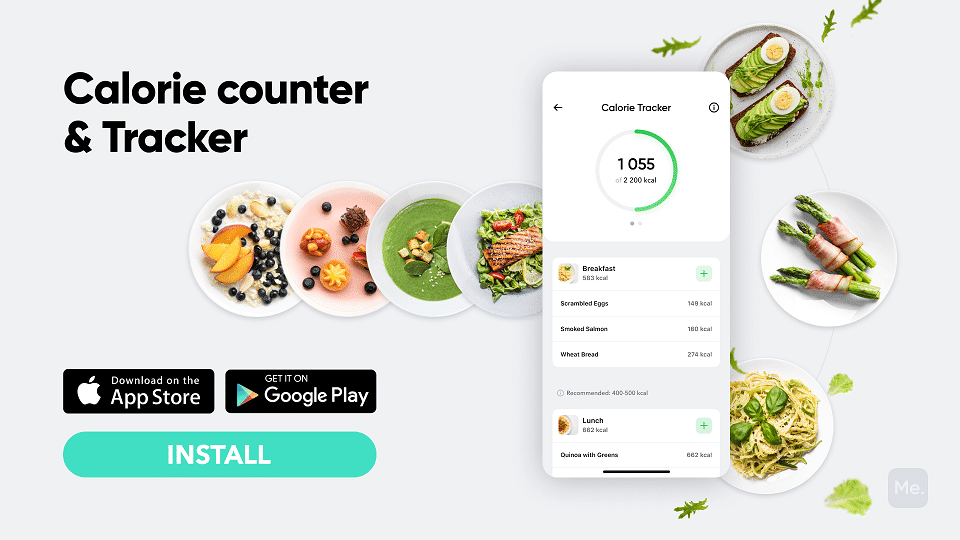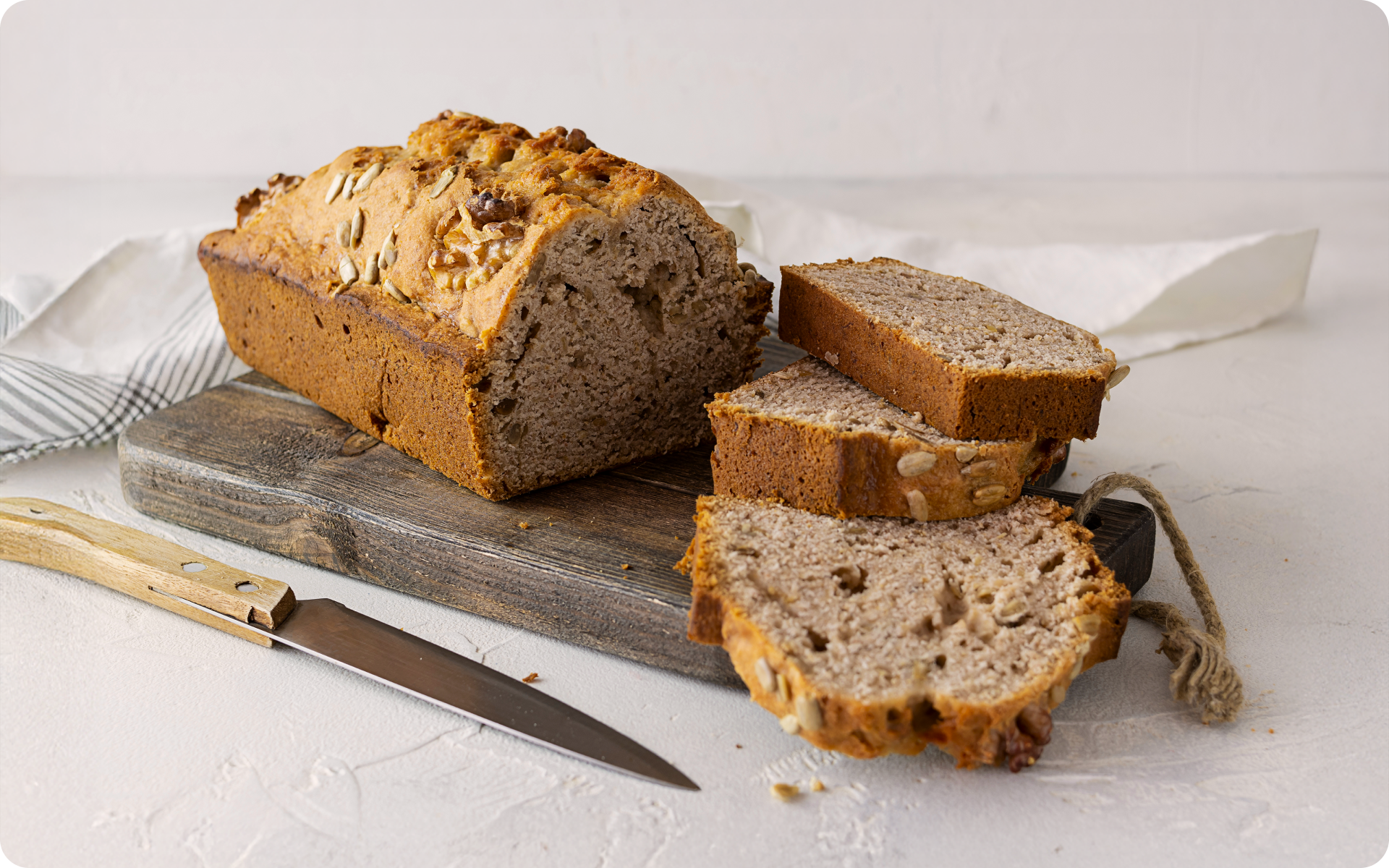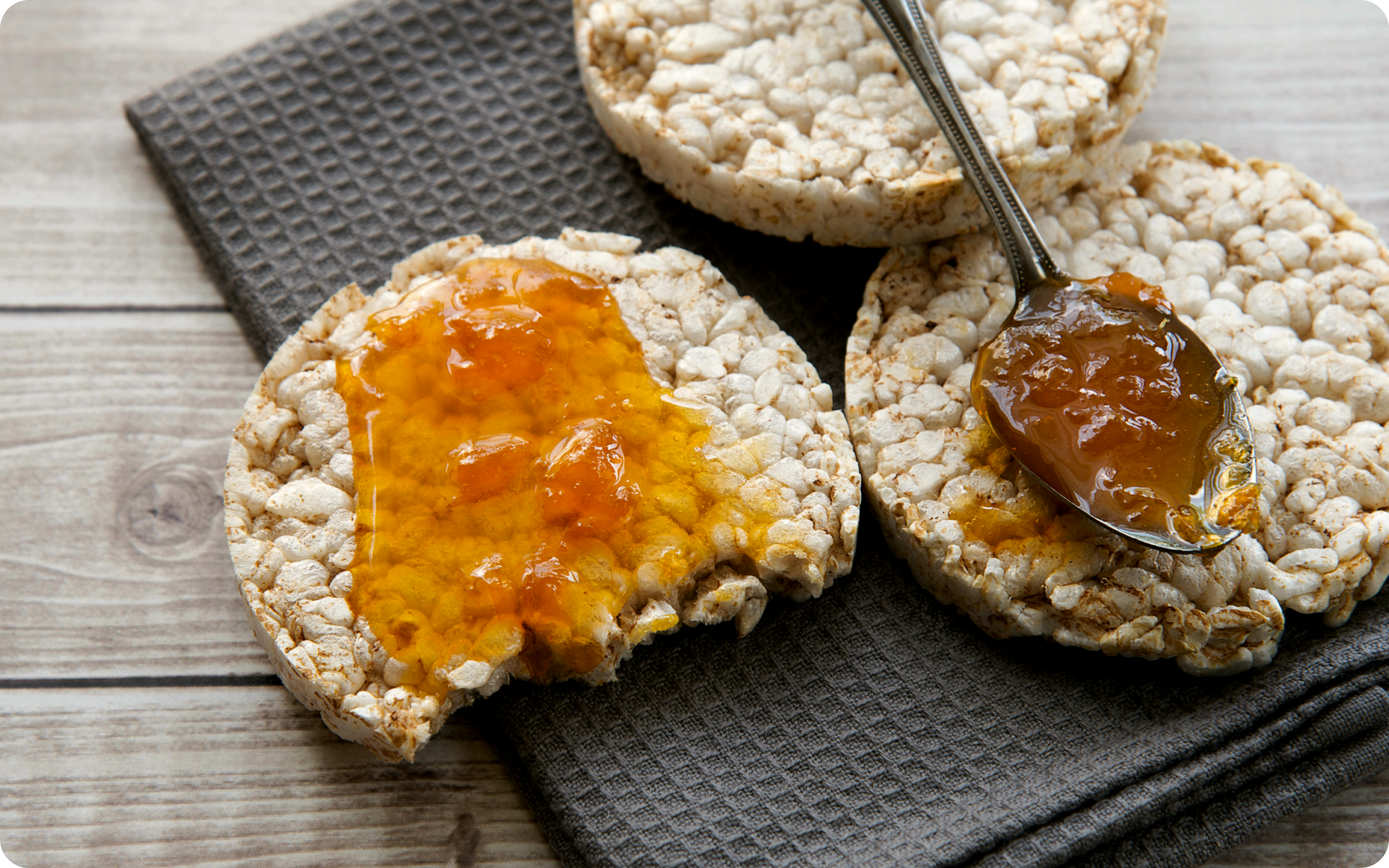Tofu is a food that is made from soybeans. The soybeans are soaked in water and then ground up. After the grinding process, the soybean pulp is mixed with water and a coagulant. The mixture is then placed in a mold to set. Once it has set, the tofu can be cut into blocks or slices and is used in a variety of recipes (1). Due to its high water content, tofu has a very soft texture. Achieving a crispy texture is often difficult, but not impossible. There are a few techniques that can be used to achieve crispy tofu which can be used in different recipes. Let’s learn everything about crispy tofu recipes.
What Is Crispy Tofu?
Crispy tofu is a type of tofu that has been fried or baked until it achieves a crispy exterior. The inside of the tofu remains soft and creamy. Crispy tofu can be used in different sorts of recipes, such as stir-fries, soups, and salads.
How Do You Make Healthy Tofu Crunchy?
Making tofu crispy is all about removing the excess water, and there are a few different ways that this can be done:
1. Use The Right Variety
There are many different types of tofu available on the market, and each has its unique flavor and texture.
Read More: Is Tofu Vegan: Everything You Need To Know About This Protein-Packed Soya Product
Here is a brief guide to some of the most popular types of tofu (7):
- Silken Tofu: As its name suggests, silken tofu has a very smooth and creamy texture. It is perfect for making sauces, soups, and desserts.
- Firm Tofu: Firm tofu is slightly firmer than silken tofu and has a more distinct flavor. It is ideal for stir-fries, grilling, or baking.
- Extra-firm Tofu: Extra-firm tofu is the firmest type of tofu and has a chewy texture. It is great for dishes that require a lot of cooking, such as stews or curries.
- Sprouted Tofu: Sprouted tofu is made from soybeans that have been sprouted. It has a slightly nutty flavor and like all tofu, is high in protein.
- Smoked Tofu: Smoked tofu has a distinct smoky flavor and is often used in Asian dishes.
- Fermented Tofu: Fermented tofu is made by fermenting soybeans with bacteria. It has a strong, pungent flavor and is often used in Chinese cuisine.
- Dried Tofu: Dried tofu is made by drying the tofu in the sun or a dehydrator. It has a chewy texture and is often used in soups or stews.
- Tofu Skins: Tofu skins are made from the skins of soybeans. They are thin and paper-like and are often used in soups or as wrappers for other dishes.
If you’ve mustered up the courage to crush your weight loss goal, let Betterme take the sting out of this demanding process. Our app will help you restructure your habits, remold your life and crank up your fitness results!
Which Is The Best Tofu For Crispy Tofu?
Firm tofu is the best type of tofu for making crispy tofu. The firmness prevents it from falling apart during the cooking process and helps achieve a crisp exterior.
Extra firm, or super-firm, tofu is also a good option. However, it can be difficult to find in stores. If you can’t find extra-firm tofu, you can use firm tofu that has been pressed to remove some of the water content.
2. Press The Tofu
Pressing the tofu is a crucial step in making crispy tofu. The pressing process helps remove any excess water from the tofu, which prevents it from becoming soggy when cooked.
There are a few different ways that you can press tofu:
The easiest way to press tofu is to use a tofu press. Tofu presses are designed specifically for pressing tofu and can be found online or in some kitchen stores.
If you don’t have a tofu press, you can use a heavy object to press the tofu. You can place the tofu on a plate or cutting board and place a lint-free kitchen towel on top. Then, place a heavy object, such as a book or a pan, on top of the tofu.
Let the tofu sit for 30 minutes to an hour to allow the water to drain out.
Some grocery stores sell pressed tofu, which has already been drained of water. This can be a convenient option if you’re short on time.
3. Cut The Tofu Into Small Pieces
Cutting the tofu into small pieces achieves 2 things: first, it makes the tofu easier to press, and second, it increases the surface area– which helps the tofu achieve a crispy exterior when cooked.
You may press a whole block of tofu at once, but it will take longer for the water to drain out. So, if you’re short on time, cut the tofu into smaller pieces before pressing.
4. Pat The Tofu Dry
After pressing the tofu, it’s important to pat it dry with a paper towel or a clean lint-free kitchen towel. This will help remove any excess water from the surface of the tofu and prevent it from becoming soggy when cooked.
5. Coat The Tofu In A Batter
Coating the tofu in a batter helps create a crispy exterior. Many different types of batters can be used, including wheat flour, cornstarch, and rice flour.
Should You Coat Tofu In Cornstarch Before Frying?
Cornstarch is a common coating for fried foods, as it helps create a crispy exterior. It is the best option for creating crispy tofu, but it is not the only available option you have.
You can also use:
- Arrowroot Flour: Arrowroot flour is a type of starch that comes from the root of a tropical plant (2). It has a similar effect to cornstarch and can be used as a coating for fried foods.
- Potato Starch: Potato starch is a type of starch that comes from potatoes (4). It can still give you the same effect as cornstarch and can be used as a coating for fried foods.
- Tapioca Starch: Tapioca starch is a type of starch that comes from the cassava root (5). Like cornstarch, it can be used as a coating for fried foods.
What Else Should You Add To The Batter?
In addition to the flour or starch, you’ll also need to add:
- Ground Spices: Ground spices, such as garlic powder or smoked paprika, can be added to the batter for extra flavor.
- Liquid: A liquid, such as milk or water, is necessary to create a smooth batter.
- Panko: For a super crackly exterior, add some panko breadcrumbs to the batter.
Read More: Tofu Keto Diet: What Is The Verdict On This Protein-Powered Food?
6. Fry The Tofu
Frying is the best way to achieve a crispy exterior on tofu. You can fry the tofu in either oil or butter.
If you’re using oil, be sure to choose an oil with a high smoke point, such as refined avocado oil or refined coconut oil.
To fry the tofu, heat the oil in a large skillet over medium-high heat. Once the oil is hot, add the tofu to the pan and cook for 3 to 5 minutes per side or until golden brown and crispy.
Rather than deep-frying the tofu, you can also pan-fry it. Pan-frying is a healthier option, as it uses less oil. It’s also less likely to damage the soft interior of the tofu.
To pan-fry the tofu, heat a thin layer of oil in a large skillet over medium-high heat. Once the oil is hot, add the tofu to the pan and cook for 3 to 5 minutes per side or until golden brown and crispy.
7. Bake The Tofu
Baking tofu is a healthier alternative to frying. Baked tofu still has a crispy exterior, but it’s not as crisp as fried tofu.
To bake the tofu, preheat the oven to 400 degrees Fahrenheit. Then, line a baking sheet with parchment paper and coat the tofu in a thin layer of oil. Finally, bake the tofu for 20 to 30 minutes or until golden brown and crispy. You can also use an air fryer for great results.
Crispy Pan-Fried Tofu Recipe (6)
In just 15 minutes, you can have these crunchy pan-fried tofu squares that make a great addition to any meal. Serve them with rice and steamed vegetables for a complete meal, or add them to salads, soups, or grain bowls.
Ingredients:
- 14 oz firm tofu
- 3 tbsp soy sauce
- 1 tbsp honey
- 2 tbsp corn flour
- 2 tbsp rapeseed oil
Instructions:
- Slice the tofu into 1-inch cubes. Spread the cubes on a plate and press them with a paper towel to remove excess moisture.
- In a small bowl, toss the pressed tofu cubes with soy sauce. Let the tofu marinate for 10 minutes.
- Sprinkle the corn flour over the tofu and toss to coat.
- Heat the oil in a large skillet over medium heat. Add the coated tofu cubes and cook for 5 minutes per side or until golden brown and crispy.
- Whisk the honey and soy sauce together in a small bowl. Drizzle the sauce onto the pan and fry for an additional minute.
- Serve immediately over rice or vegetables.
- Enjoy!
Reasons why BetterMe is a safe bet: a wide range of calorie-blasting workouts, finger-licking recipes, 24/7 support, challenges that’ll keep you on your best game, and that just scratches the surface! Start using our app and watch the magic happen.
Crispy Baked Tofu Recipe (3)
This easy, 4-ingredient recipe for crispy baked tofu comes together in just 30 minutes! The perfect plant-based protein for all your Asian-inspired dishes.
Ingredients:
- 1 block (12 to 15 ounces) of organic extra-firm tofu
- 1 tablespoon extra-virgin olive oil
- 1 tablespoon tamari or soy sauce
- 1 tablespoon cornstarch or arrowroot starch
Instructions:
- Preheat the oven to 400 degrees Fahrenheit and line a baking sheet with parchment paper.
- Prepare the tofu by cutting it into cubes, draining, and pressing it. To do this, wrap the tofu in a clean dish towel or several layers of paper towels.
- Place a heavy object on top, such as a cast iron skillet, and let the tofu drain for 15 minutes.
- Toss the tofu cubes with olive oil and tamari or soy sauce. Then sprinkle the cornstarch or arrowroot starch on top and toss again until the tofu is evenly coated.
- Spread the tofu cubes on the prepared baking sheet and bake for 25 minutes, flipping once halfway through until both sides are crispy.
- Serve immediately with your favorite dipping sauce or Asian-inspired dish.
- Enjoy!
In addition, Tamari is a gluten-free soy sauce alternative. You can find it in most grocery stores’ international aisle or online.
The Bottom Line
Tofu is a versatile, plant-based protein that can be used in a variety of recipes. While it’s often thought of as bland, tofu can be quite flavorful. Tofu can be cooked in many ways, including frying, baking, and pan-frying.
No matter how you cook it, tofu makes a great addition to any meal. So try out one of these recipes and see for yourself just how delicious tofu can be.
DISCLAIMER:
This article is intended for general informational purposes only and does not serve to address individual circumstances. It is not a substitute for professional advice or help and should not be relied on for making any kind of decision-making. Any action taken as a direct or indirect result of the information in this article is entirely at your own risk and is your sole responsibility.
BetterMe, its content staff, and its medical advisors accept no responsibility for inaccuracies, errors, misstatements, inconsistencies, or omissions and specifically disclaim any liability, loss or risk, personal, professional or otherwise, which may be incurred as a consequence, directly or indirectly, of the use and/or application of any content.
You should always seek the advice of your physician or other qualified health provider with any questions you may have regarding a medical condition or your specific situation. Never disregard professional medical advice or delay seeking it because of BetterMe content. If you suspect or think you may have a medical emergency, call your doctor.
SOURCES:
- Acceptability and consumption of tofu as a meat alternative among secondary school boarders in Enugu State, Nigeria (2018, journals.lww.com)
- Development of Arrowroot (Maranta arundinacea L.) as Functional Food Based of Local Resource (2020, iopscience.iop.org)
- How to Make Crispy Baked Tofu (n.d., cookieandkate.com)
- Potato Starch: Novel Ingredient for Food Industry (2020, researchgate.net)
- Progress in research and applications of cassava flour and starch: a review (2019, ncbi.nlm.nih.gov)
- The Best Pan-Fried Crispy Tofu (n.d., beatthebudget.com)
- Tofu: technological and nutritional potential (2017, researchgate.net)


